CSCS Mock Test

You have 45 minutes to answer 50 multiple choice CSCS Mock Test questions for Operatives and Specialists. You need to answer at least 45 out of 50 questions correctly to pass. Answers may be reviewed after each question or at the end of the test. Good luck!
Reveal all questions for this test ▼
B
C
D
Explanation: A safe system of work is a system developed by an employer to carry out a job safely, and in a defined way.
B
C
D
E
Explanation: COSHH assessments must be conducted if working with a material may produce harmful substances, even if the material itself is not harmful (e.g., sanding down wood produces harmful dust).
B
C
D
Explanation: All accidents on-site must be reported.
B
C
D
Explanation: Some hazardous dusts or fumes are known as 'respiratory sensitisers'.
B
C
D
E
Explanation: Extension reels and cables should be fully unwound, and not overloaded.
B
C
D
Explanation: Testing every three months is recommended by the HSE.
B
C
D
Explanation: Hearing loss develops over a period of time.
B
C
D
Explanation: Always wear protection you have been instructed to, and report any missing signage to your supervisor.
B
C
D
Explanation: You can protect yourself by loosening your grip, and exercising your hands. This reduces vibration damage, and promotes blood flow.
B
C
D
Explanation: Objects will burn more easily, and faster, with higher levels of oxygen.
B
C
D
Explanation: Guard rails will not be high enough if the platform is put in too high.
B
C
D
Explanation: Gloves worn when using chemicals should not allow the chemical to pas through the glove. This is known as being "impervious".
B
C
D
Explanation: FFP3 provides the highest grade of filter protection.
B
C
D
Explanation: The three key asbestos types are blue (crocidolite), brown (amosite), and white (chrysolite).
B
C
D
Explanation: Wet concrete can cause skin burns, and boots offer good protection.
B
C
D
Explanation: All hazardous substances must be disposed of according to on-site procedure.
B
C
D
Explanation: Knowing your limits will help you manage your mental health.
B
C
D
Explanation: Your employer can put staff on rotation to reduce the amount of physical stress placed on each individual.
B
C
D
E
Explanation: All people taking part in team lifting must be trained in it, as well as of a similar stature.
B
C
Explanation: Let your legs carry the work when lifting.
B
C
D
Explanation: Red squares with white illustrations are fire fighting signs.
B
C
D
Explanation: Prohibition signs are circular, with a single red diagonal line through the image.
B
C
D
Explanation: Hazardous substances are marked with diamond-shaped safety signs.
B
C
D
Explanation: You may see a general warning sign, with further explanatory text.
B
C
D
Explanation: Accidents and injuries happen every year to operators and those in the vicinity of mobile plants and vehicles.
B
C
D
Explanation: Equipment used for lifting people must be thoroughly examined every 6 months.
B
C
D
Explanation: If you notice something which seems unsafe, especially if it has gone unnoticed, it is your legal duty to report it.
B
C
D
Explanation: All these pieces of information should be included in a site induction.
B
C
D
Explanation: The HSE must be informed of this injury.
B
C
D
Explanation: Respiratory hazards can lead to the inhalation of harmful substances that cause disease and illness.
B
C
D
Explanation: Carbon monoxide is common on construction sites. It is usually dangerous only in high concentrations.
B
C
D
Explanation: Never try to adapt RPE for a task it is not suited for.
B
C
D
Explanation: Petrol must not be stored at the work location.
B
C
D
Explanation: Always wear protection you have been instructed to, and report any missing signage to your supervisor.
B
C
D
E
Explanation: Mitigate the risks of pollution by remaining distant from water sources and drains, and laying ground protection underneath.
B
C
D
Explanation: Rust (oxidisation) can deplete oxygen levels in an enclosed space.
B
C
D
Explanation: You can find this information on the signage and the handover certificate.
B
C
D
Explanation: These will all conduct electricity, and must be managed with extreme caution around power lines.
B
C
D
Explanation: You should wait until the pump is repaired and the safe system of work can continue. PPE should only be used as a last resort.
B
C
D
Explanation: This sign indicates that water from this tap is not for drinking - there are no items of PPE usually associated with this.
B
C
D
Explanation: You may be asked to keep in regular contact.
B
C
D
Explanation: You must be issued with an extinguisher specific to your task and area.
B
C
D
Explanation: Fuel shortage is not an example of an on-site emergency.
B
C
D
Explanation: If you notice the first-aid kit is not properly restocked, you must inform the person in charge of managing it.
B
C
D
Explanation: Pizza knee is an informal term for irritant contact dermatitis
B
C
D
Explanation: Having someone you can talk to honestly about how you feel is vital part of being responsible about your health. You do not need to know what is wrong in order to talk about it.
B
C
D
Explanation: Always discuss mental health problems with your employer, as accommodations can often be made.
B
C
D
Explanation: You and your supervisor (or employer) must be involved in the planning.

B
C
D
Explanation: This sign is used to label environmentally hazardous chemicals.
B
C
D
Explanation: Signal DANGER with two open-palm hands raised directly up.
Read less
Leave a comment
CSCS Test for Operatives and Specialists
Below are several free CSCS mock tests for operatives and specialists.
There are more than 1000 practice questions for Operatives and Specialists in these mock tests. All tests last for 45 minutes and have 50 questions which have been randomly selected from 16 categories.
Operatives Tests by Category
Specialist Activities
Below are several free mock tests for specialists.
If you are preparing for a specialist test, you also need to study the appropriate specialist activity, from those listed below. There are more than 500 specialists questions.
Contents
- 1 CSCS Mock Test
- 2 CSCS Test for Operatives and Specialists
- 3 Operatives Tests by Category
- 4 Specialist Activities
- 5 What is CSCS?
- 6 What is the CSCS Test?
- 7 Which test should I take?
- 8 How do I revise for the test?
- 9 How many questions are there in the CSCS Test?
- 10 What is the duration of the test?
- 11 What is the pass mark?
- 12 Can I take books or notes in with me when I sit the test?
- 13 What types of questions are there?
- 14 Is audio support available for questions and answers?
- 15 How do I check my CITB mock test results?
- 16 What are some tips to pass the test?
- 17 What is the cost of the test?
What is CSCS?
The acronym CSCS refers to the Construction Skills Certification Scheme. It is a British organisation responsible for providing construction workers with CSCS Cards. A CSCS card is a requirement for individuals working on construction sites within the United Kingdom. It ensures workers are appropriately qualified from a health and safety perspective before going on-site.
What is the CSCS Test?
In order to obtain a CSCS card, candidates must pass the CSCS Test, also known as the CITB Health, Safety and Environment Test (HS&E test). This test is administered by the Construction Industry Training Board (CITB), an organisation that is contracted by the CSCS to handle assessments, card applications and enquiries from potential candidates. Each year, the CITB handles hundreds of thousands of CSCS card applications on behalf of the CSCS.
Which test should I take?
Depending on your role on-site, the type of CSCS card you will be applying for will differ. As a result, the CSCS revision that you do and the type of test that you take will also be different. There are a number of different cards available including the red card and blue card. See our comprehensive guide about all of the different available cards.
The most frequently taken test is the CITB Health, Safety and Environment Test for Operatives. This is the exam that needs to be passed by a labourer or bricklayer, for example. The CSCS mock test above contains questions specifically for operatives.
Individuals applying for managerial roles on-site must sit the Health and Safety Test for Managers. Quantity surveyors and architects, for example, should take this test. Click here to take a free CSCS mock test for managers and professionals.
If you don’t know which card to apply for and which test to sit, please refer to our in-depth guide about CSCS card types.
How do I revise for the test?
The CSCS Test consists of 50 knowledge-based questions from four key sections including the working environment, occupational health, safety and high-risk activities. Each of these key sections contains a number of subsections. You will need to revise the following topics:
| Section A: Working environment | Section B: Occupational health | Section C: Safety | Section D: High-risk activities |
| General responsibilities | Dust and fumes (Respiratory hazards) | Safety signs | Site transport safety and lifting operations |
| Accident reporting and recording | Noise and vibration | Fire prevention and control | Working at height |
| First aid and emergency procedures | Health and welfare | Electrical safety, tools and equipment | Excavations and confined spaces |
| Personal protective equipment | Manual handling | Hazardous substances | |
| Environmental awareness and waste control |
For those taking the CITB Health, Safety and Environment test for Managers and Professionals, there are three additional subsections, namely CDM (Construction Design and Management Regulations), Demolition and Highway Works.
If you’re preparing for a specialist test, you will also need to do revision for the appropriate specialist activity. For instance, if you’re a potential worker in demolition or tunnelling, your test will contain additional questions about these activities. There are 12 specialist activities including:
- Demolition
- Ductwork
- Heating and Plumbing Services
- Highway Works
- Lifts and Escalators
- Pipefitting and Welding
- Plumbing (JIB)
- Refrigeration and Air Conditioning
- Services and Facilities Maintenance
- Specialist Working at Height
- Supervisory
- Tunnelling
How many questions are there in the CSCS Test?
The test consists of 50 questions. These will be selected randomly from a database of hundreds of official CITB questions from the key areas mentioned above. Like the real exam, the CSCS mock test above and all of the practice tests that we provide as part of our revision material consist of 50 questions.
What is the duration of the test?
The CSCS Test is a timed assessment. You will have 45 minutes to complete the test. A countdown timer in the corner of your screen will indicate how much time you have left. You should have ample time to answer each question and double-check them before finishing. It is important that you take your time and read each question carefully. If you spend an equal amount of time on each question, you will have just under a minute to answer each question.
Like the official test, the CSCS mock test above is also timed and you will have exactly 45 minutes to complete it. Our software also features a pause option allowing you to stop the timer if you need extra time to think about questions and answers. Please note that you won’t have this option in your real test.
What is the pass mark?
The pass mark for operatives and specialists is 45/50 (90%). The pass mark for managers and professionals is 46/50 (92%).
Can I take books or notes in with me when I sit the test?
No, the CITB health, safety and environment test isn’t an open-book exam so you’re not allowed to take any material in with you that may give you an unfair advantage. You must leave all of your belongings in the lockers provided prior to entering the examination area.
What types of questions are there?
You will come across six different types of questions in your test. These are:
- Multiple choice
- Multiple choice with images
- Drag and drop text
- Drag and drop images
- Hot spot
- Hot area
The vast majority of the questions will be in the form of multiple-choice questions.
Is audio support available for questions and answers?
Yes, there is an option to book with English and Welsh voiceover if required. There is also the option of voice assistance in a number of European languages.
Our CSCS mock test offers voiceover support in English.
How do I check my CITB mock test results?
You can check the answers to your questions as you progress through the test. The CSCS mock test interface that we have built features a Check Answer button, allowing you to check if an answer you select is correct after answering. If you prefer you can wait until the end of the test to which questions you answered correctly and incorrectly. You will also be able to view how well you did in each category.
What are some tips to pass the test?
- Make sure you get enough practice in and do plenty of revision in the weeks leading up to the test. Our practice and revision material has everything you need to pass the exam with flying colours.
- Before you start the test, you will be given some time to get a feel of the computer software and user interface. Spend this time wisely and ask a member of staff if you’re unsure about anything.
- After starting the test, ensure you read the question carefully and understand what it is asking. Read the question more than once.
- Ensure you choose an answer for each question. If you’re not sure about an answer, take an educated guess and choose an option that you feel may be correct. Don’t leave any unanswered questions.
- Make efficient use of your time. Remember you have 45 minutes to complete 50 questions. It is wise to spend an equal amount of time on each question. If you spend 45 seconds or less on each question, you will still have time at the end of your test to go through your answers and double-check them.
- Don’t waste too much time on a question you’re struggling with. If you’re finding a question difficult, leave it and come back to it at a later stage.
What is the cost of the test?
As of 2023, the cost to sit a CSCS test is £22.50. Read more about the prices associated with the test here. You can pre-purchase vouchers at this price point to cover the cost of the test at the Pearson Vue website.

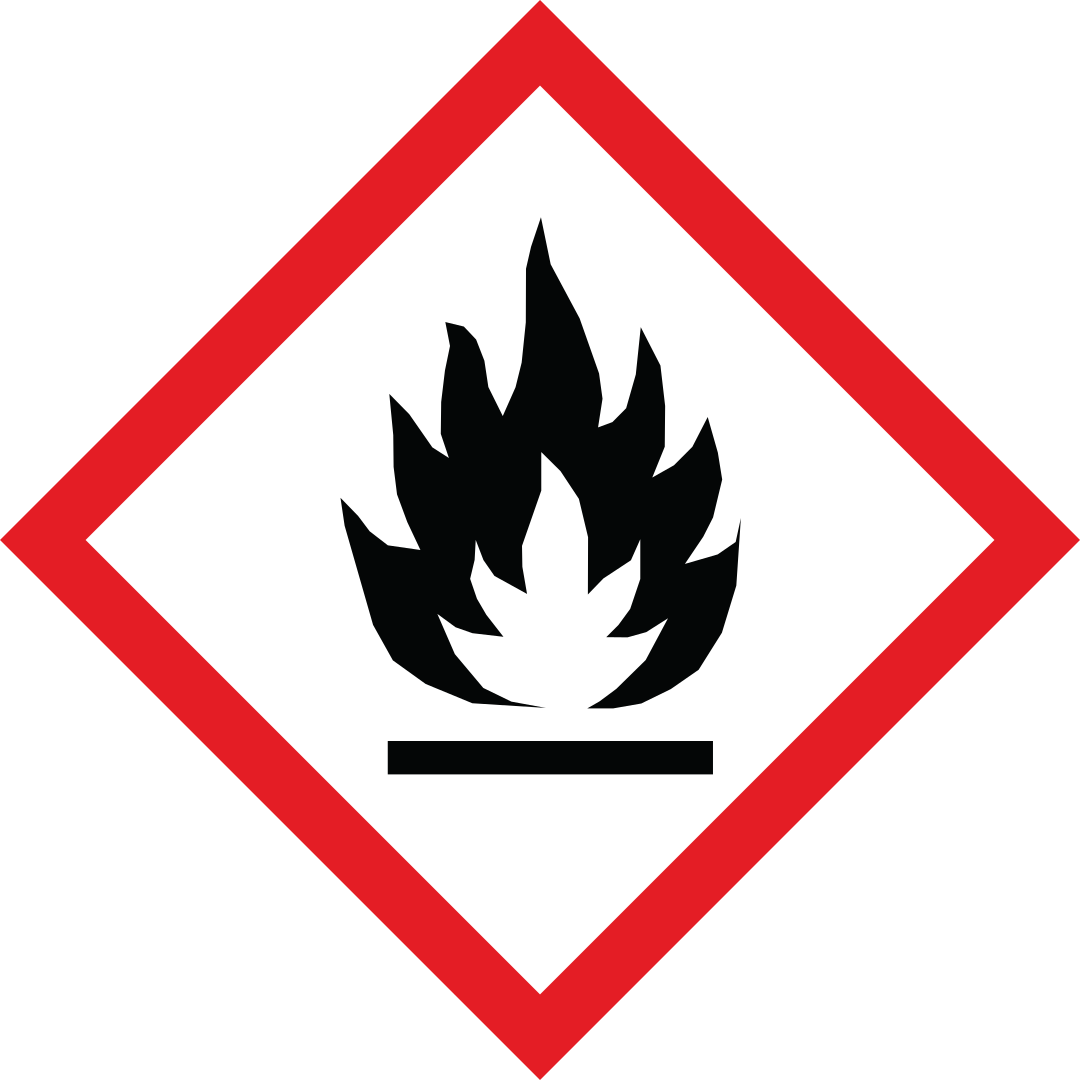
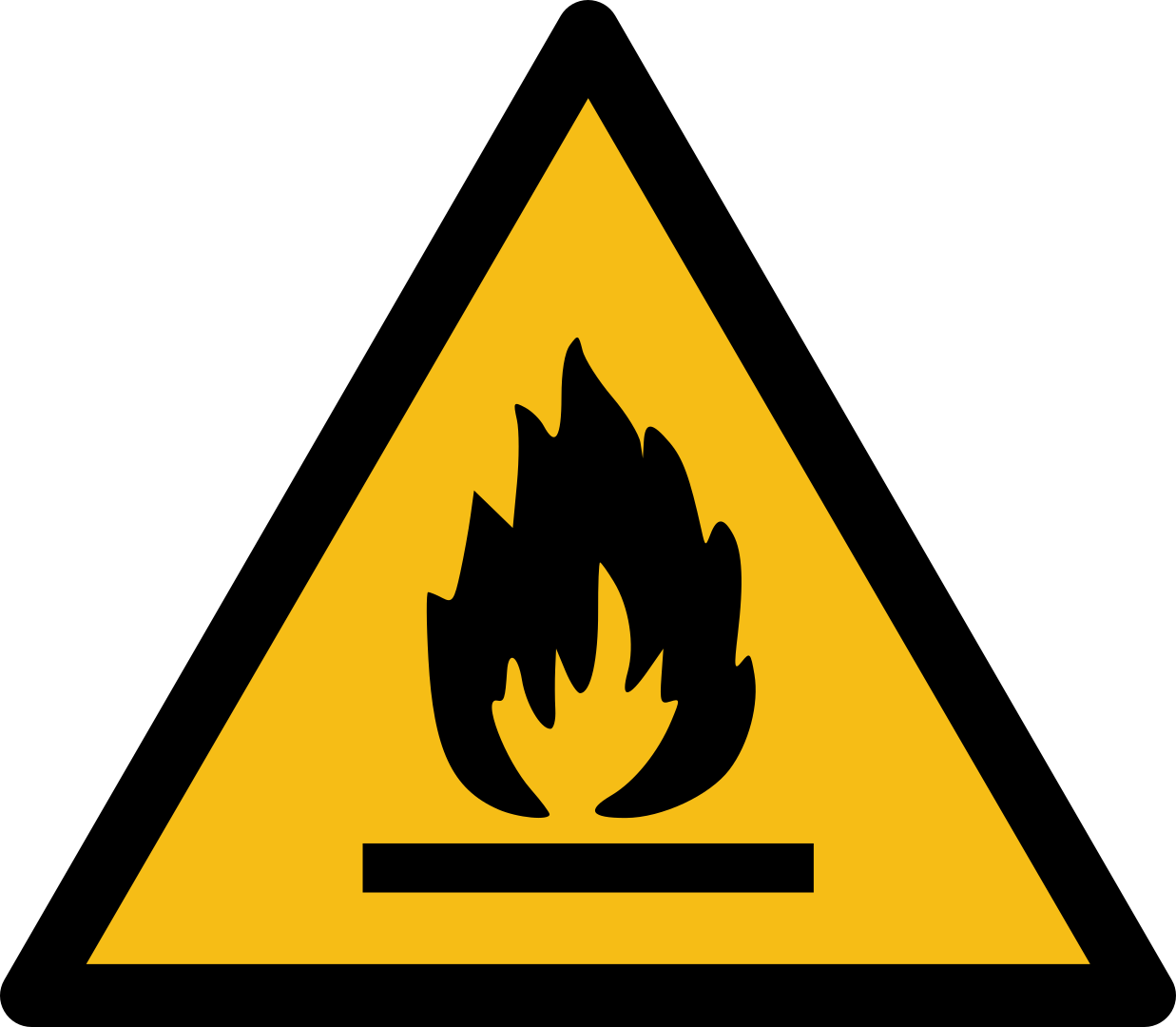

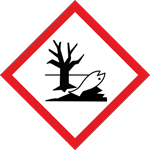
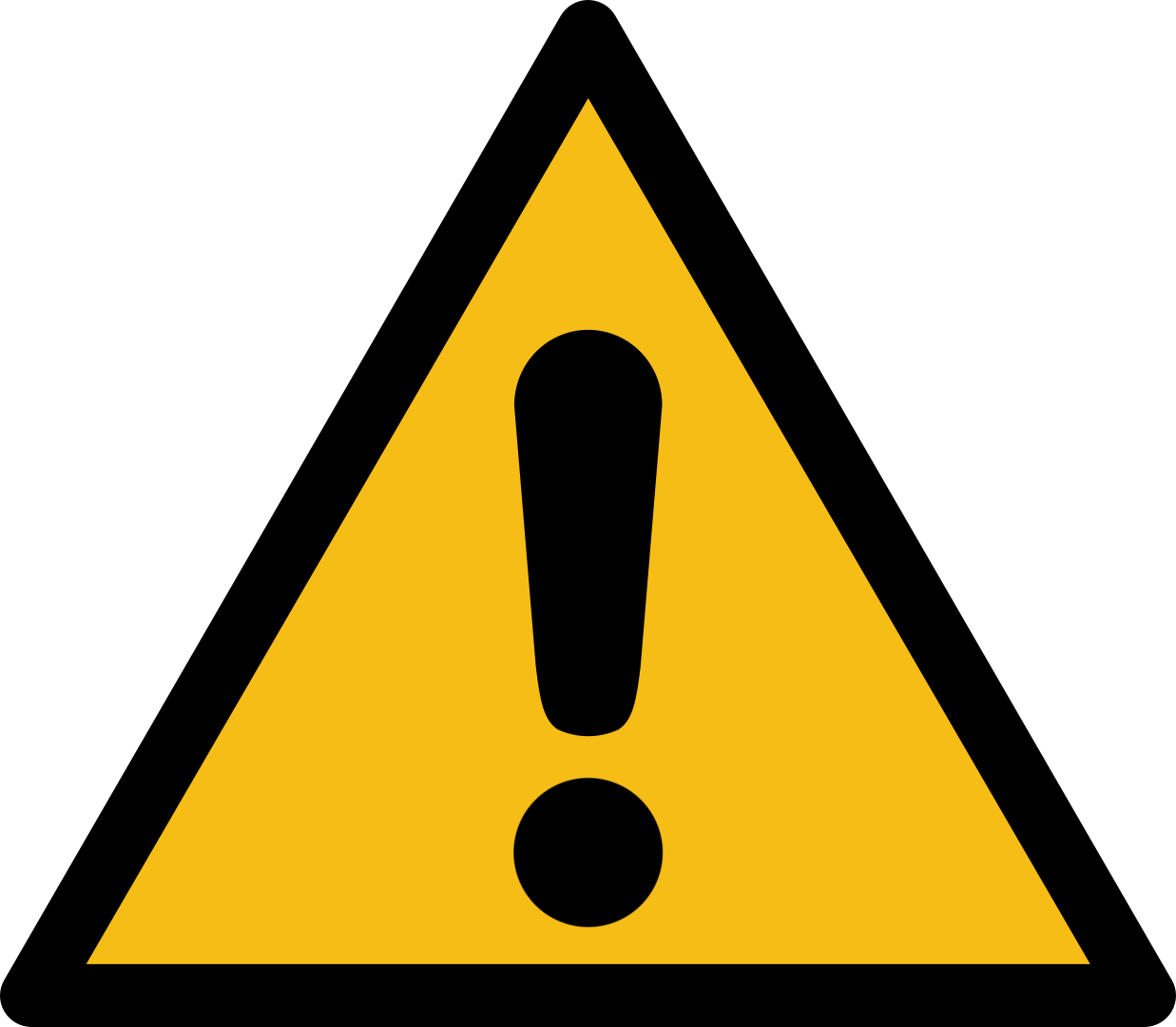
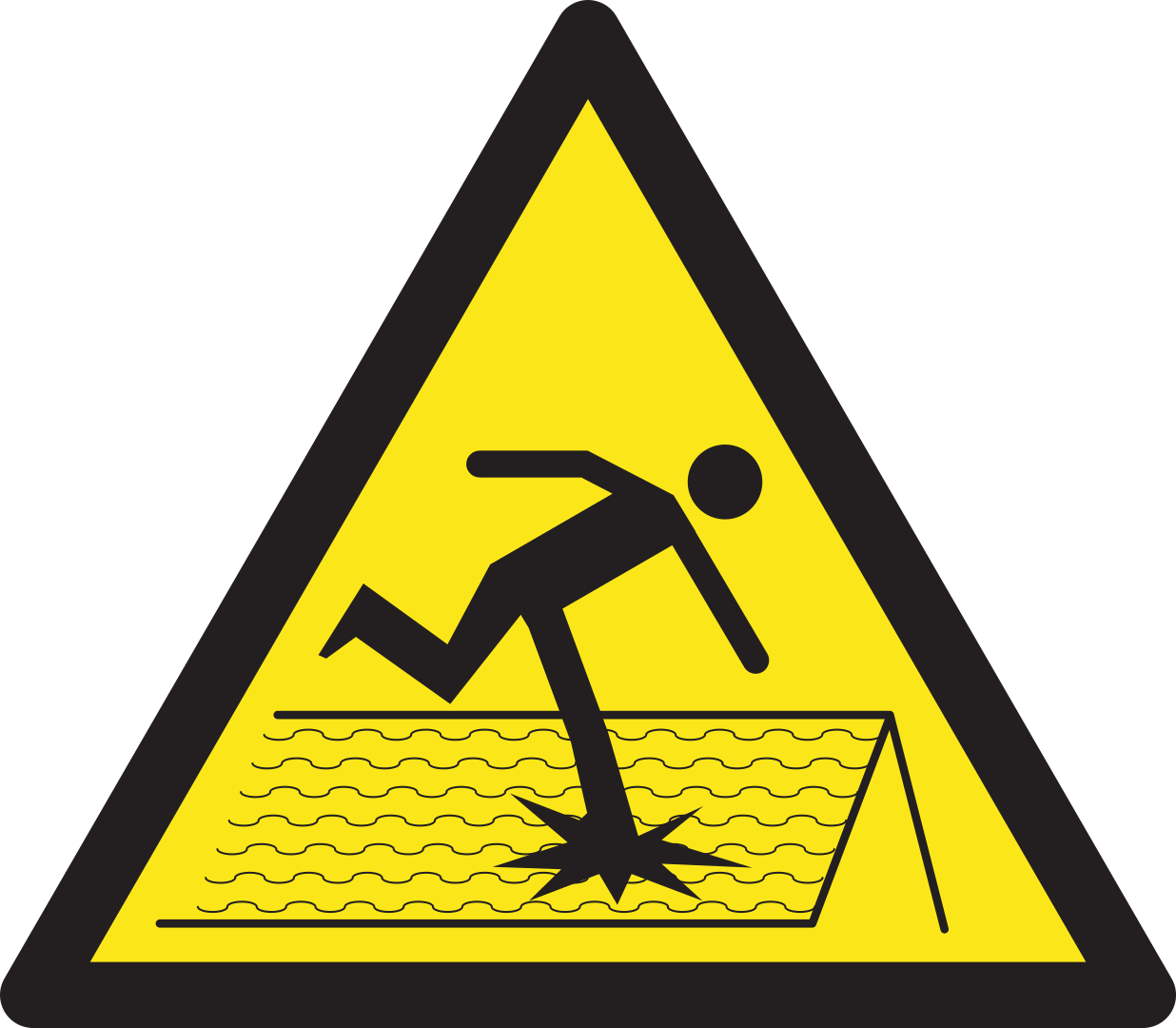

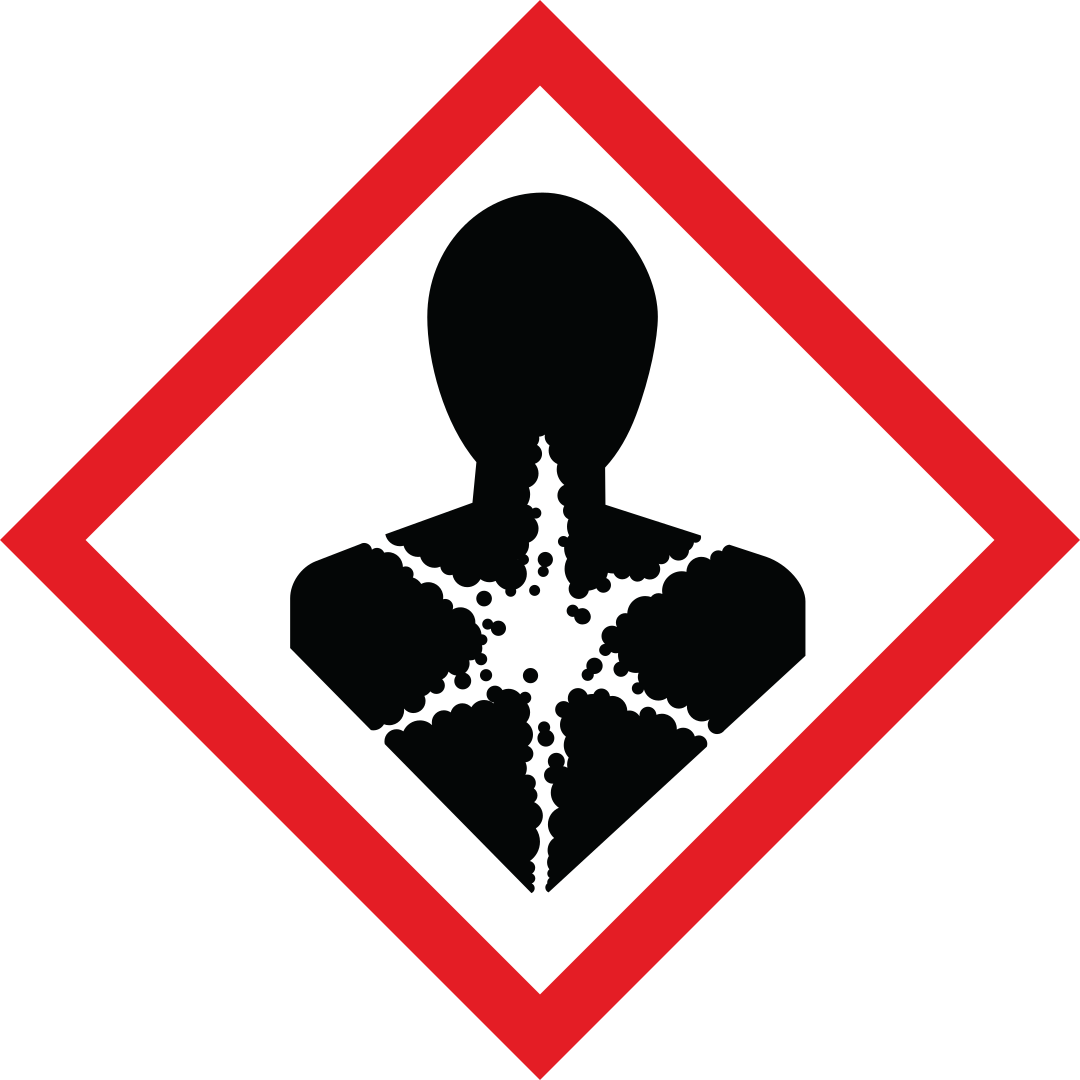
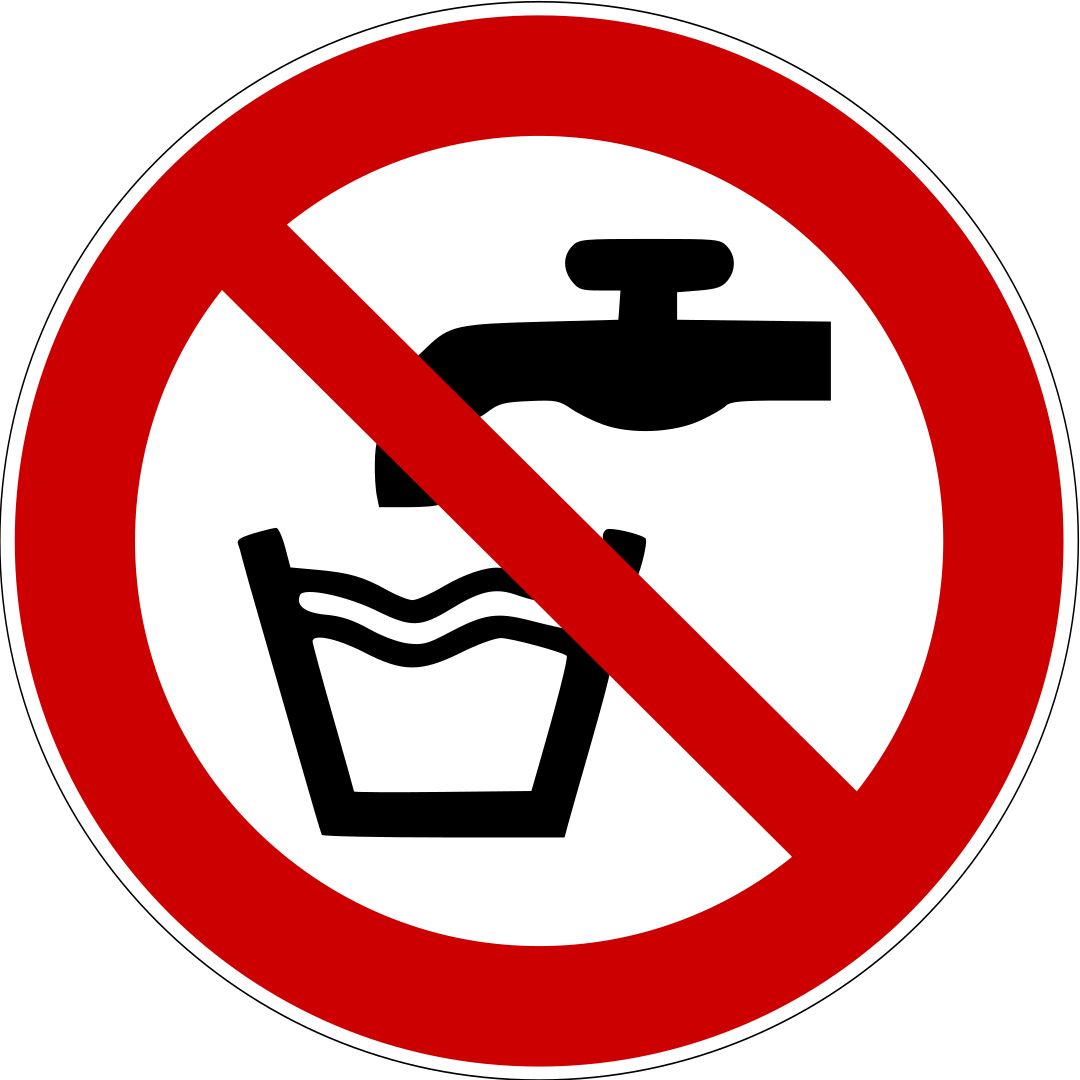
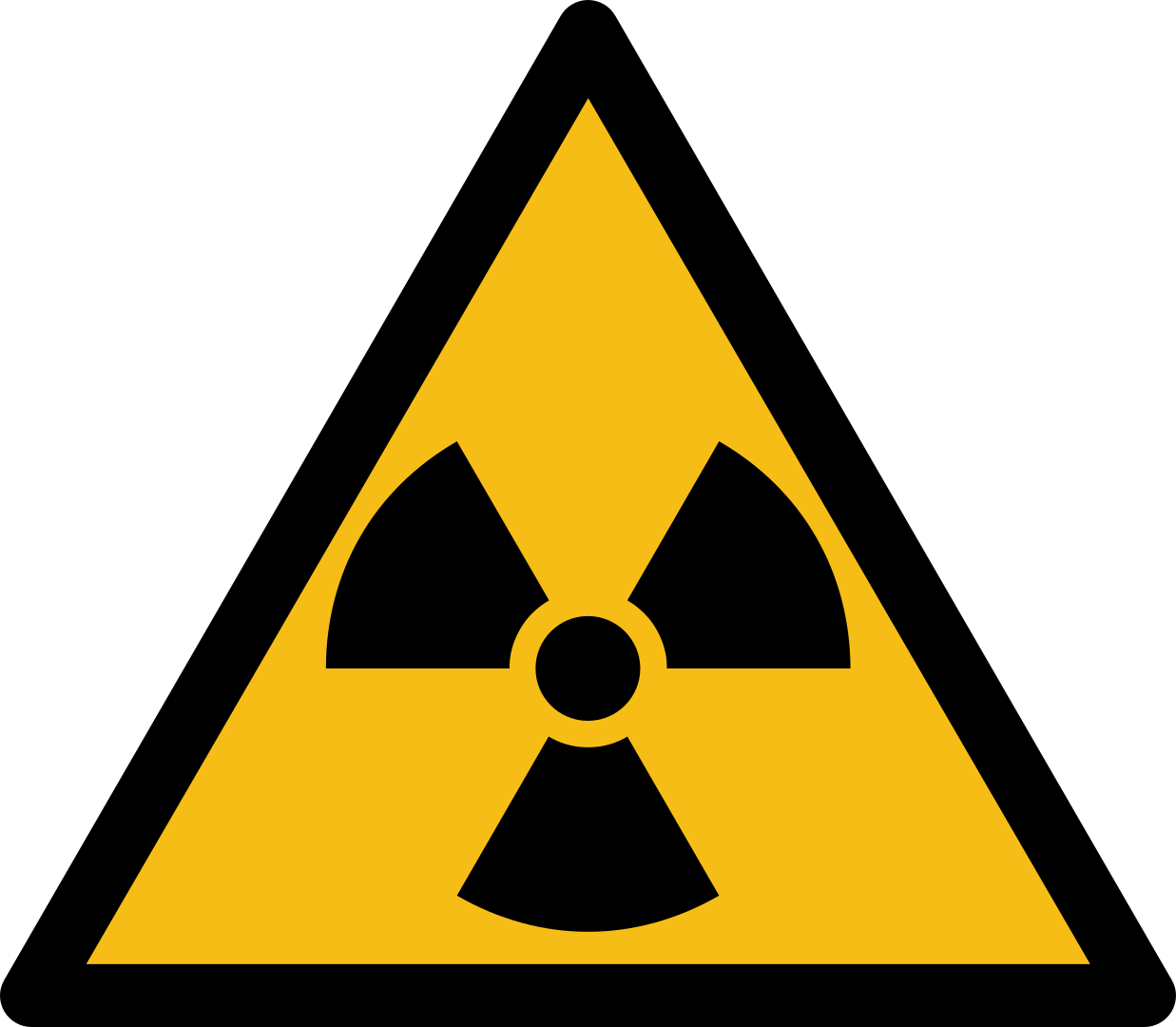



























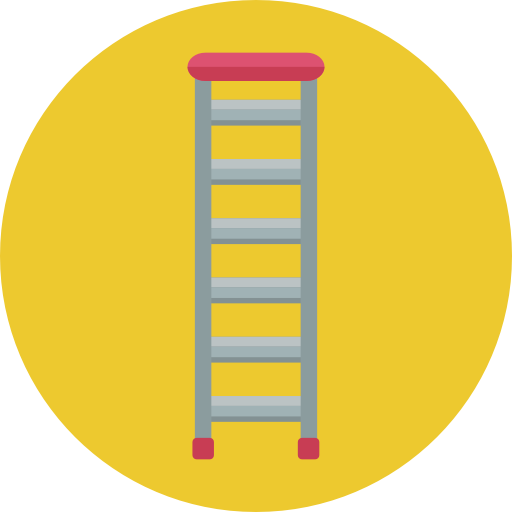


161 Comments